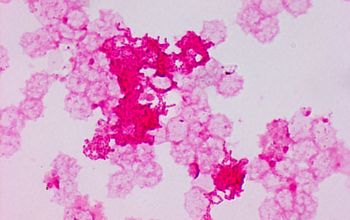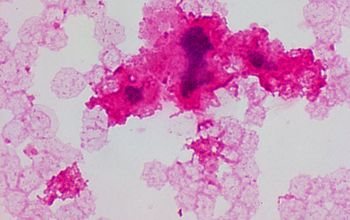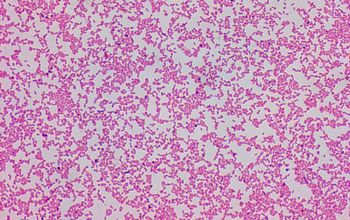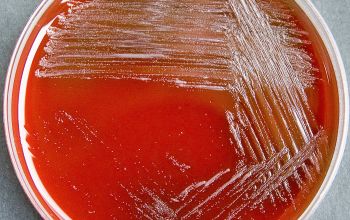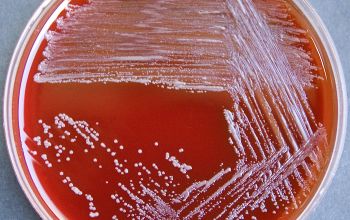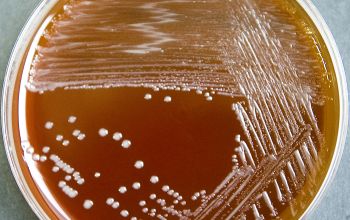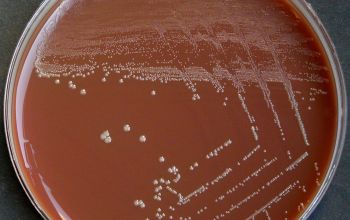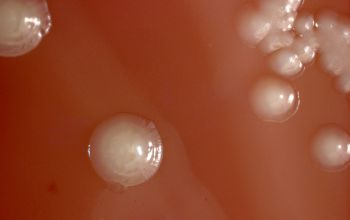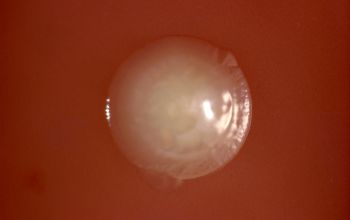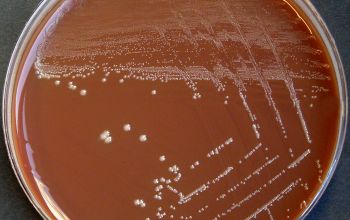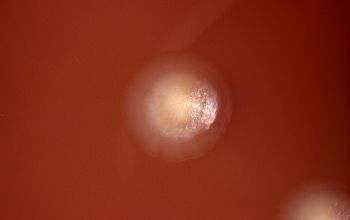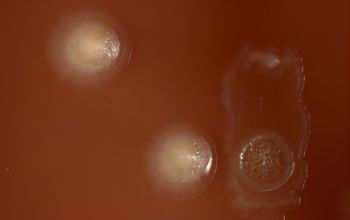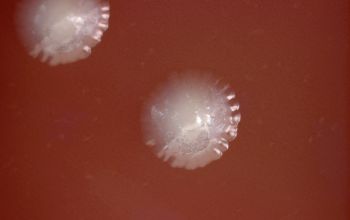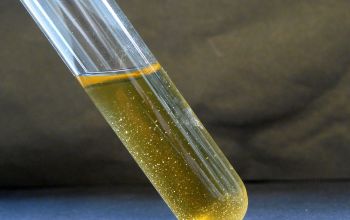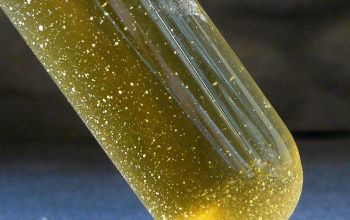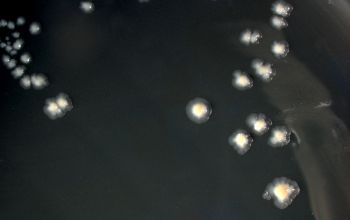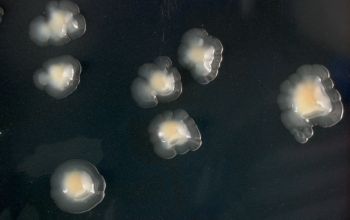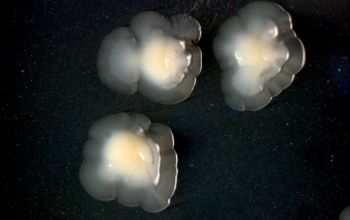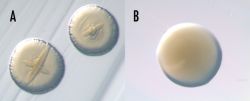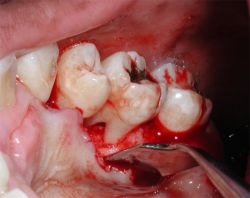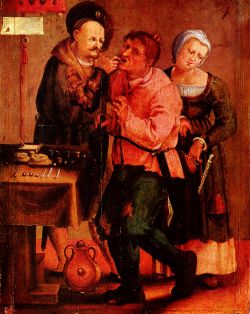Aggregatibacter actinomycetemcomitans
A) "rough" colony morphology of a clinical isolateB) "smooth" colony morphology of a spontaneous variant
Dr David Figurski
http://www.intechopen.com/books/genetic-manipulation-of-dna-and-protein-examples-from-current-research/targeted-mutagenesis-in-the-study-of-the-tight-adherence-tad-locus-of-aggregatibacter-actinomycetemc
Bone loss from aggressive periodontitis that led to an exposed furcation on an upper molar.
From wikipedia, the free encyclopedia
Aggregatibacter actinomycetemcomitans
-
General information
Taxonomy
Family: Pasteurellaceae
Genus: Aggregatibacter actinomycetemcomitans
Formerly: Actinobacillus
HACEK
The HACEK organisms are a group of fastidious Gram-negative bacteria that are an unusual cause of infective endocarditis, which is an inflammation of the heart due to bacterial infection.
HACEK is an abbreviation of the initials of the genera of this group of bacteria:
Haemophilus aphrophilus (Aggregatibacter aphrophilus)
Aggregatibacter actinomycetemcomitans (previously Actinobacillus)
Cardiobacterium hominis
Eikenella corrodens
Kingella kingae.
The HACEK organisms are a normal part of the human microbiota, living in the oral-pharyngeal region.
The bacteria were originally grouped because they were thought to be a significant cause of infective endocarditis, but recent research has shown that they are rare and only responsible for 1.4–3.0% of all cases of this disease.
Natural habitat
Part of the normal flora of the mouth and pharynx
Clinical significance
It is one of the bacteria that might be implicated indestructive periodontal disease.
It is an oral commensal often found in association with localized aggressive periodontitis, a severe infection of the periodontium.
It is also associated with non-oral infections, such as abscesses (abdominal, brain, facial, hand, mediastinal and thyroid) and from cases of actinomycosis, endocarditis, meningitis, pneumonia, septicemia and vertebral osteomyelitis.
-
Gram stain
Gram negative coccobacillary rods,
0.3-0.5 x 0.6-1.4 µm,
They may occur singly, in pairs or in small (big) clumps and show the tendency to bipolar staining.
This gives an appearance of a "Morse code" of dots and dashes.
Cells have a microcapsule.
-
Culture characteristics
-
Facultative anaerobic
5% CO2 improves the growth
BA: colonies are small, 0.5-3 mm, no hemolysis, they adhere to the agar and are described as starlike or “crossed cigars”.
Colonies may sometimes have a rough surface and they become mucoid and non-adherent after repeated subculture.
Broth: when grown in broth bacteria form granules at the bottom and up the sides of the tube (“tiny colonies”), while subsequent cultures become less adherent and exhibit uniform turbidity.
McConkey: no growth
BBAØ: growth
-
-
Characteristics
-
References
James Versalovic et al.(2011) Manual of Clinical Microbiology 10th Edition
Karen C. Carrol et al (2019) Manual of Clinical Microbiology, 12th Edition

